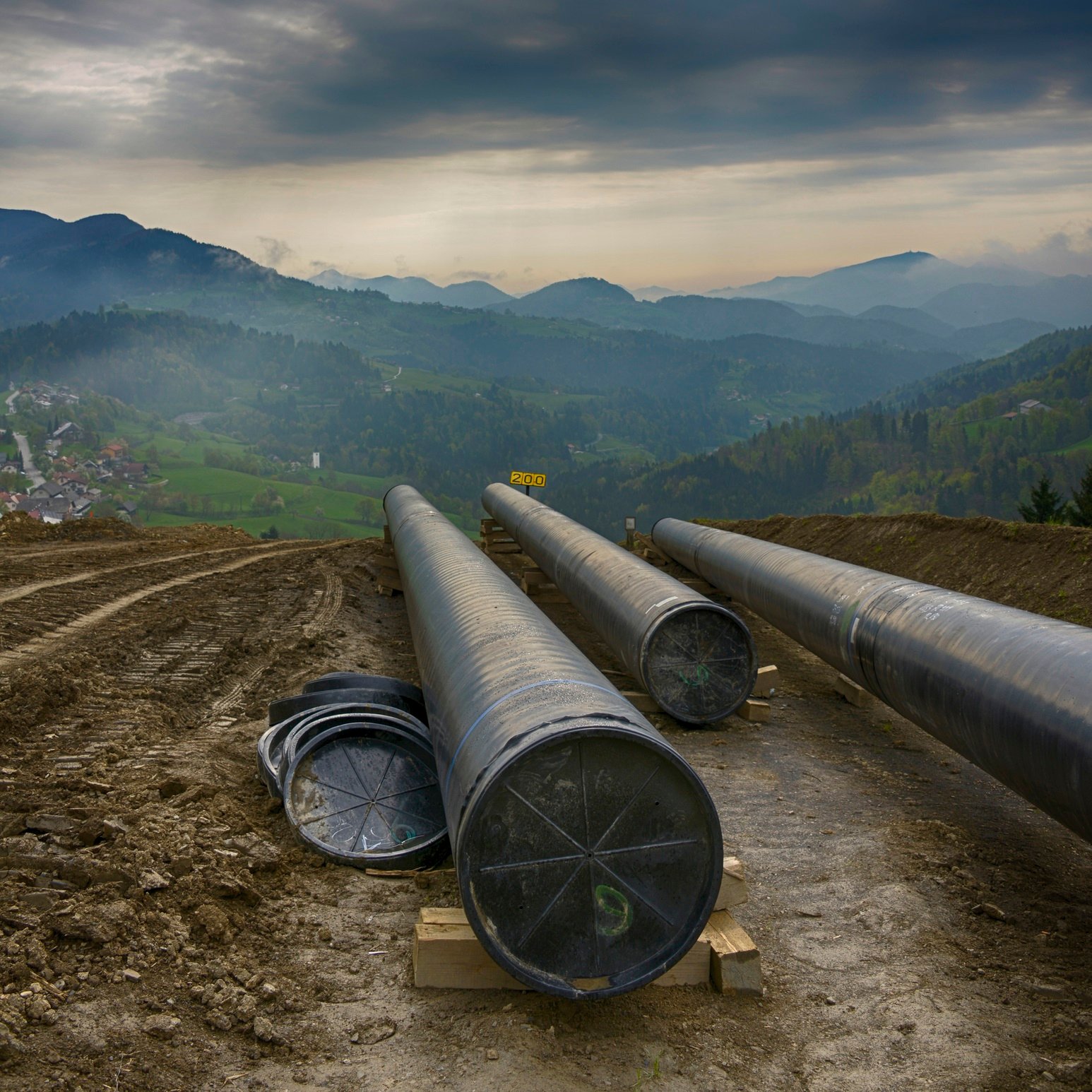Energy
What Now After Trump Administration OK for Keystone XL Pipeline?

Published:
Last Updated:

President Donald Trump weeks ago telegraphed his intention to issue a permit to TransCanada Corp. (NYSE: TRP) to proceed with construction of the Keystone XL pipeline. Early Friday morning, the company announced that the U.S. Department of State has signed and issued the construction permit.
TransCanada still needs to obtain permits from Montana, South Dakota and Nebraska for right of way and construction. Both Nebraska and South Dakota face court challenges from environmental groups seeking to stop construction. The company said it plans to continue to engage stakeholders along the planned route in order to get necessary permits and approvals.
With crude oil prices in the neighborhood of $50 a barrel, one wonders if a new pipeline to transport 830,000 barrels a day is still economically feasible. The answer to that question is “That depends.”
What the feasibility of Keystone XL depends on is the cost of producing crude from the tarry goo extracted from the oil sands. We noted earlier this month that a 2016 study by IHS Markit estimated that the full-cycle costs of a new mining project required a price of $85 to $95 a barrel in order to break even.
However, the break-even cost for a barrel from an existing project is much lower. Suncor Energy Inc. (NYSE: SU) CEO Steven Williams is cited at The Motley Fool:
Our blended oil sands operations cash costs for the quarter were just under $25 per barrel, bringing our average cost for the year down to $26.50 per barrel; that’s a reduction of 11% for the quarter and 5% for the full year. And again, that was accomplished despite the significant impact of the forest fires on the second-quarter production and this did sharply increase our per-unit cash costs. And of course, those cash costs often remind us that those numbers are all measured in Canadian dollars, so in U.S. dollars, we’re comfortably below $20 per barrel at current exchange rates.
That $20 a barrel production cost may be even lower than the cost of production at some U.S. shale plays.
The next question that occurs to us is how much oil is left in existing projects that can be extracted at that price. Suncor’s Williams doesn’t see significant investment in more production:
Mining investments are coming to an end, not just for Suncor, but for the industry, I believe, for a considerable period, probably in excess of 10 years. So while we look at the go-forward economics of Fort Hills, when we look at the absolute economics of Fort Hills, that were there not projects we will be repeating in the foreseeable future, some substantial things in the cycle would need to change. I then look at the other opportunities we have. We have great reserves in Oil Sands. And I look at in situ opportunities, and, as you know, we’ve been looking at replication and new technology. And those are quite exciting in how those technological developments and the in situ costs from replication can start to come down. However, I want to be equally as clear, we have no plans to be going ahead with major capital investment in either mining or in situ in the foreseeable future.
So, even though production costs are down, new developments are not on the program. And remember, too, that demand continues to slide, making future development even more problematic.
It’s hard to see how the Keystone XL pipeline changes any of that, except to lower transportation costs to the U.S. Gulf Coast and improve profits for the oil sands producers.
TransCanada stock traded up fractionally Friday morning, at $46.61 in a 52-week range of $36.76 to $49.77. The stock’s 12-month consensus price target is $51.59.
Ever wanted an extra set of eyes on an investment you’re considering? Now you can speak with up to 3 financial experts in your area for FREE. By simply
clicking here you can begin to match with financial professionals who can help guide you through the financial decisions you’re making. And the best part? The first conversation with them is free.
Click here to match with up to 3 financial pros who would be excited to help you make financial decisions.
Thank you for reading! Have some feedback for us?
Contact the 24/7 Wall St. editorial team.